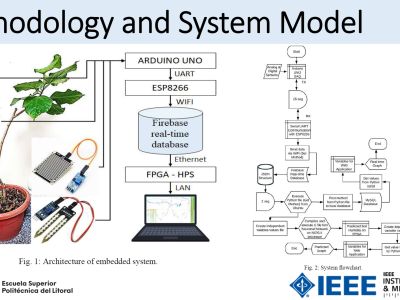Fake Base Station 5G

- Citation Author(s):
- Submitted by:
- Roger Coelho
- Last updated:
- DOI:
- 10.21227/rgb4-fk52
- Data Format:
 375 views
375 views
- Categories:
- Keywords:
Abstract
The 5G cellular technology has introduced advanced radio communication protocols and new frequency bands and enabled faster data exchange. These improvements increase network capacity and establish a foundation for high-bandwidth, low-latency services, helping the development of applications like the Internet of Things (IoT). However, information security poses significant challenges, particularly concerning attacks such as Fake Base Stations (FBS) and Stream Control Transmission Protocol (SCTP) Session Hijacking. This study employs Supervised Machine Learning techniques to classify FBS attack involving SCTP Session Hijacking and to identify the most effective learning models.
Instructions:
Use machine learning algorithms.








.
I am a RF Tech with some solid knowlodege on Machine Learning and wanna explore ML and AI on telecom dataset. Thanks